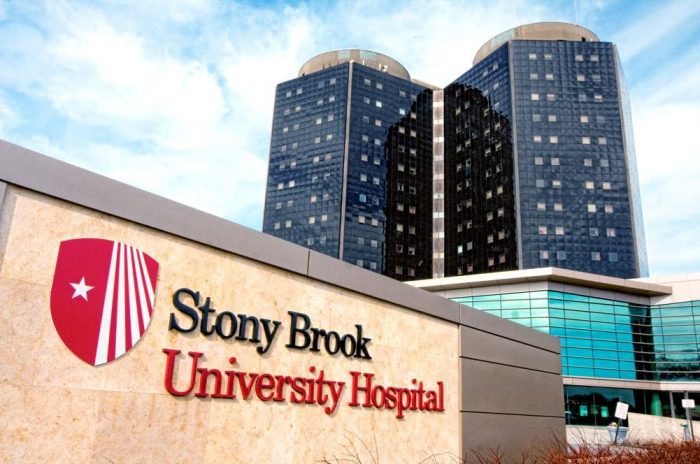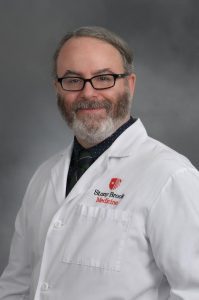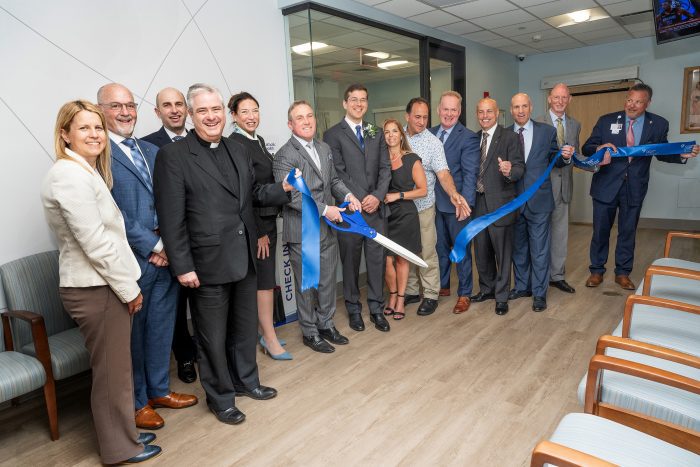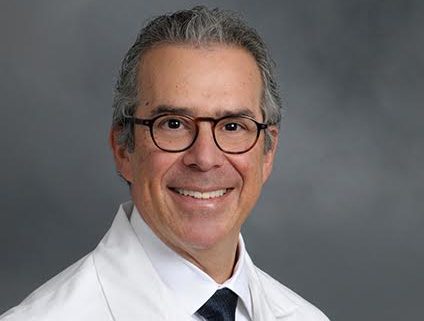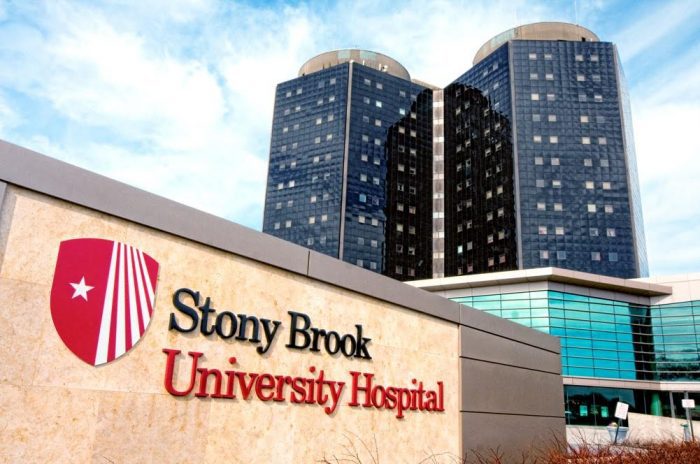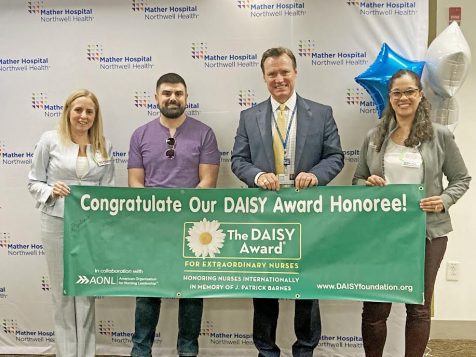Stony Brook University Hospital’s Cardiothoracic Surgery Program within the Stony Brook Heart Institute has earned a prestigious three-star rating, the highest rating possible, from The Society of Thoracic Surgeons (STS) for its patient care and outcomes in mitral valve repair/replacement (MVRR) procedures and isolated coronary artery bypass grafting (CABG or heart bypass surgery) procedures. The latest rating period is from Jan 2021 to Dec 2023. Stony Brook received its first three-star CABG rating in 2017, and has consistently received the top ratings since.
“The three-star ratings are reflective of our entire Heart Institute’s dedication — from surgeons, nurses, physician assistants and many other healthcare professionals — to delivering top-quality care and outcomes for our patients,” says Henry J. Tannous, MD, FACS, Co-Director, Heart Institute, Chief, Cardiothoracic Surgery and General T.F. Cheng Chair, Cardiothoracic Surgery, Renaissance School of Medicine, Stony Brook University. “At Stony Brook, patients can have the confidence of knowing they’re getting cardiac care from world-class cardiothoracic physicians at one of the top-rated facilities in the nation.”
The recent analysis of the STS Adult Cardiac Surgery Database included data from 964 participants on cases between 2021 and 2023. Participating programs were rated on a range of one to three stars. The STS three-star ratings — one of the most sophisticated and highly regarded overall measures of quality in healthcare — that Stony Brook achieved is an “Overall Composite Score” for patient outcomes and quality of care for isolated CABG surgery procedures and MVRR procedures performed. It measures a surgical team’s performance before, during and after the surgical procedure. More than 95 percent of hospitals in the U.S. with cardiothoracic surgical programs submit data to the STS, and approximately 20 percent of participants receive the three-star rating for CABG and approximately 10 percent receive a three-star-rating for MVRR procedures.
“At Stony Brook Medicine, we take great pride in our long legacy of raising the level of cardiothoracic surgical care for our patients,” says Apostolos Tassiopoulos, MD, FACS, Chair, Department of Surgery; Chief, Vascular and Endovascular Surgery and Professor of Surgery, Renaissance School of Medicine, Stony Brook University. “We remain laser-focused on serving our community with all the best that only a University-based academic medical center can offer — the most advanced technology, an outstanding cardiovascular staff and the full spectrum of lifesaving cardiothoracic interventions.”
This year, Healthgrades also named Stony Brook University Hospital as one of America’s 100 Best Hospitals for Cardiac Care™ (2015-24). Stony Brook is one of only two hospitals in New York State to be named among America’s 100 Best Hospitals for Cardiac Care for ten years in a row.
About Stony Brook Heart Institute:
Stony Brook Heart Institute is located within Stony Brook University Hospital as part of Long Island’s premier university-based medical center. The Heart Institute offers a comprehensive, multidisciplinary program for the prevention, diagnosis and treatment of cardiovascular disease. The staff includes full-time and community-based, board-certified cardiologists and cardiothoracic surgeons, as well as specially trained anesthesiologists, nurses, physician assistants, nurse practitioners, respiratory therapists, surgical technologists, perfusionists and other support staff. Their combined expertise provides state-of-the-art interventional and surgical capabilities in 24-hour cardiac catheterization labs and surgical suites. And while the Heart Institute clinical staff offers the latest advances in medicine, its physician-scientists are also actively enhancing knowledge of the heart and blood vessels through basic biomedical studies and clinical research. To learn more, visit www.heart.stonybrookmedicine.

